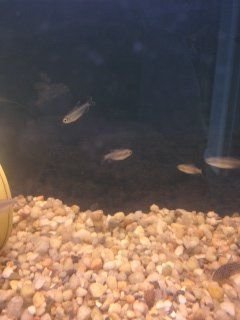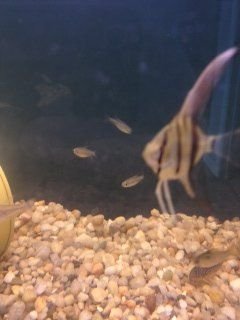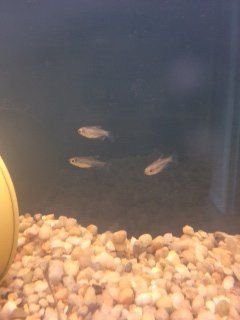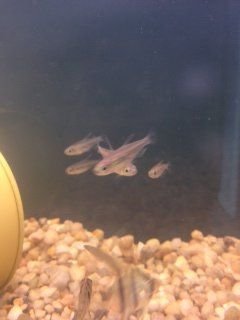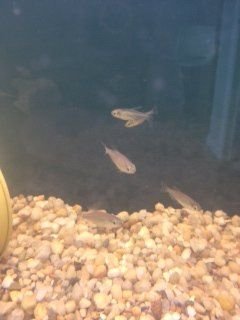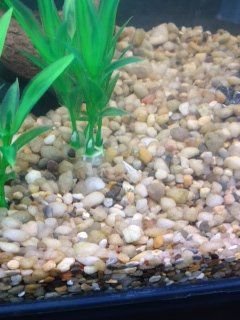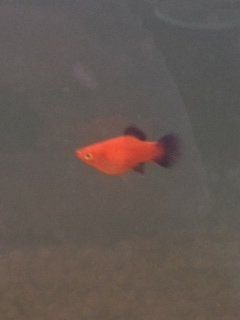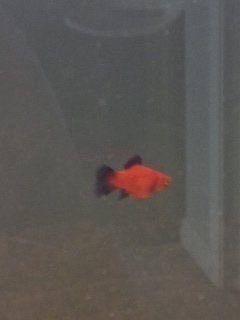Hi guys,
My 130L freshwater aquarium now contains:
4 Yellow Sunset Platies
2 Red Wag Platies
3 Corydora Sterbai
3 German Blue Ram
4 Congo Tetra
2 Kribensis
2 Angelfish
Would you say this is about all I should have in the tank, or would I be able to get other species? I really do need algae eaters see.
Also, is there possible trouble with regards to my current species or should I be ok? I was told that they are all community fishes.
Thanks.
My 130L freshwater aquarium now contains:
4 Yellow Sunset Platies
2 Red Wag Platies
3 Corydora Sterbai
3 German Blue Ram
4 Congo Tetra
2 Kribensis
2 Angelfish
Would you say this is about all I should have in the tank, or would I be able to get other species? I really do need algae eaters see.
Also, is there possible trouble with regards to my current species or should I be ok? I was told that they are all community fishes.
Thanks.



